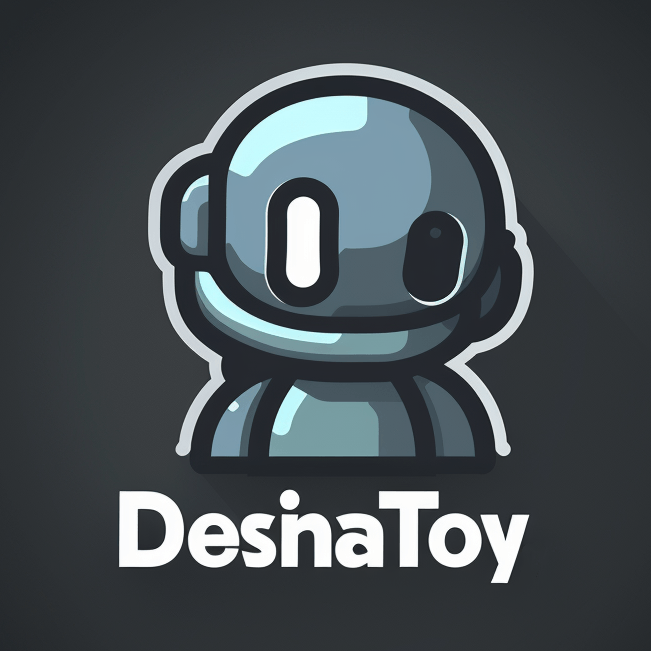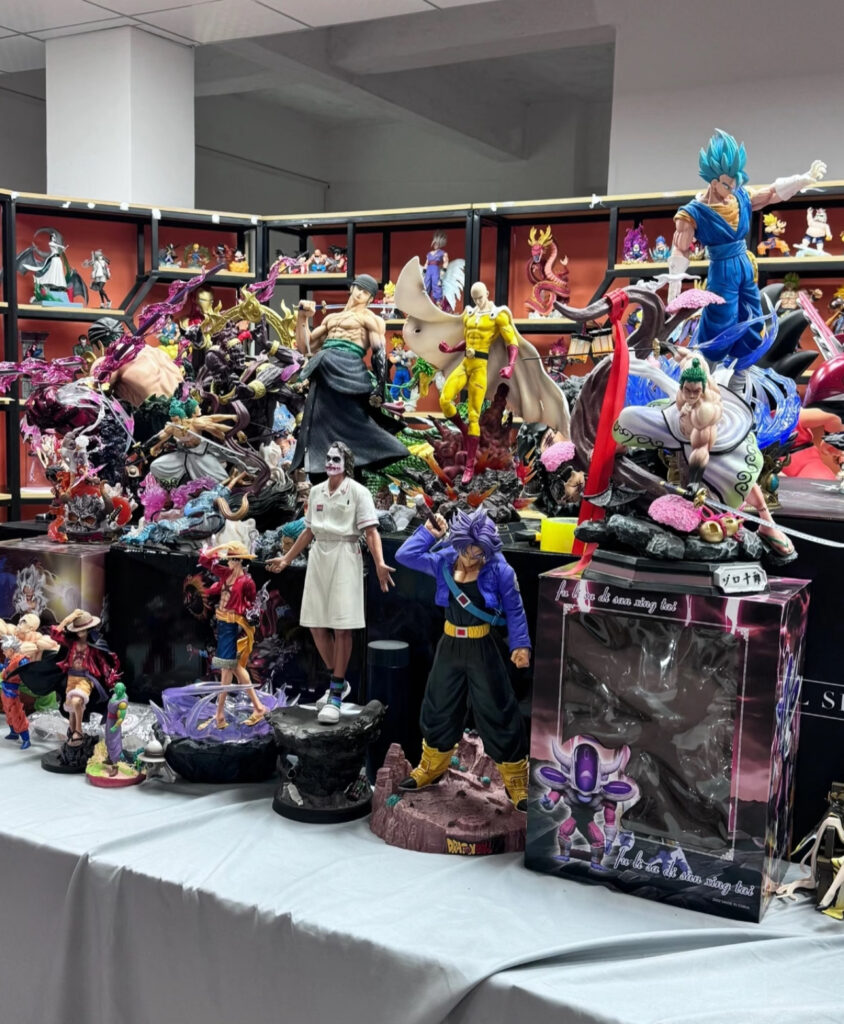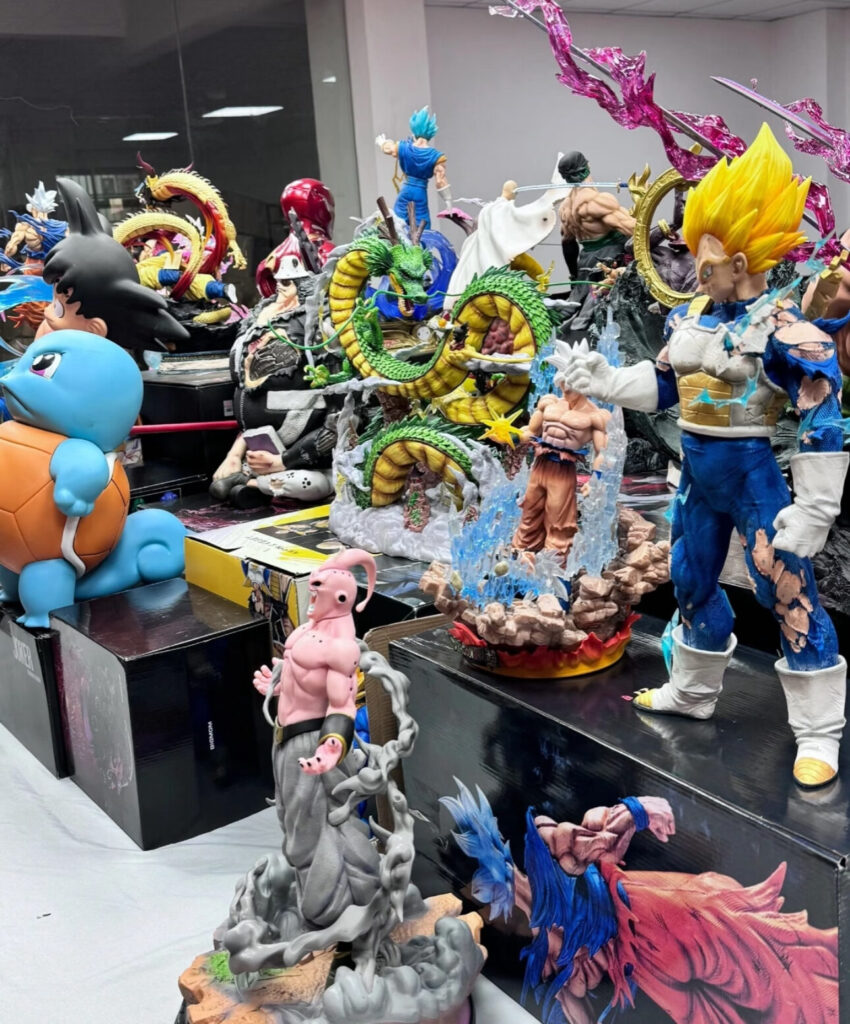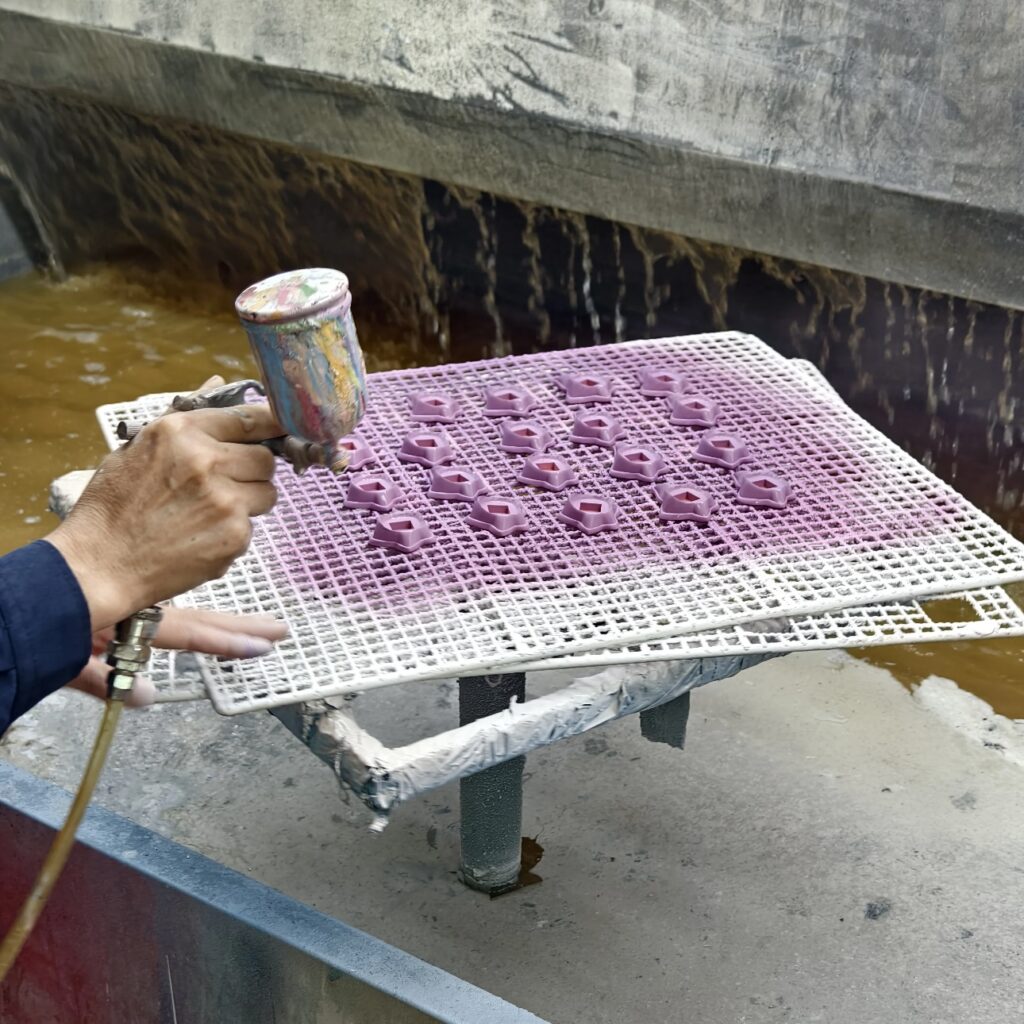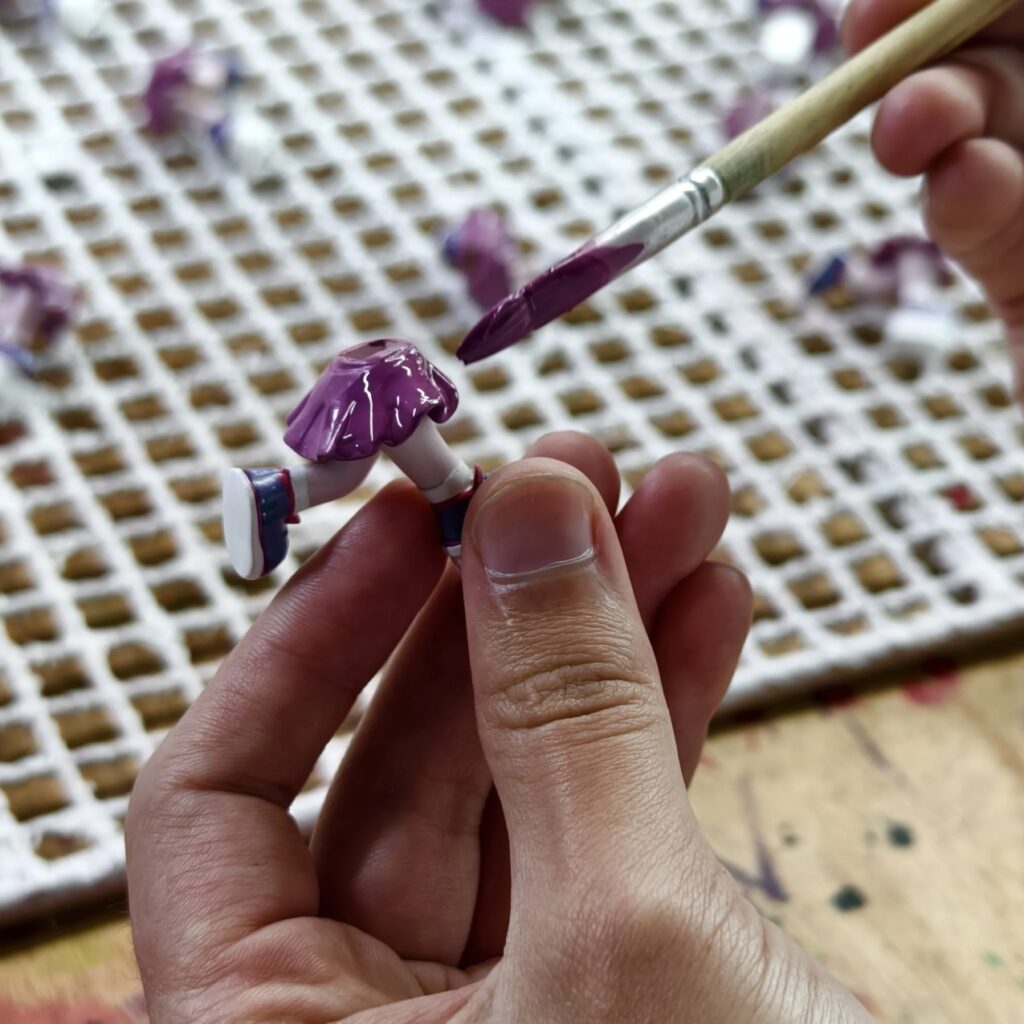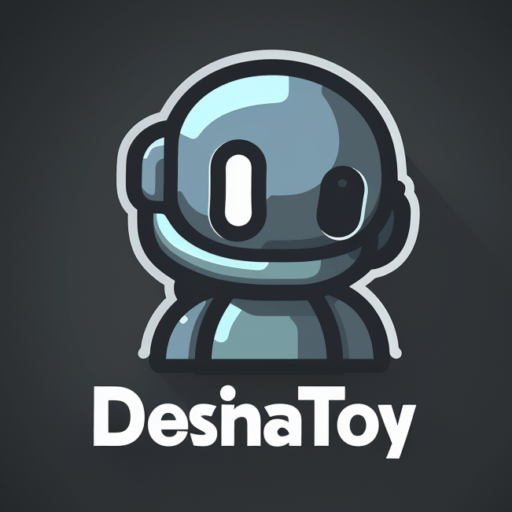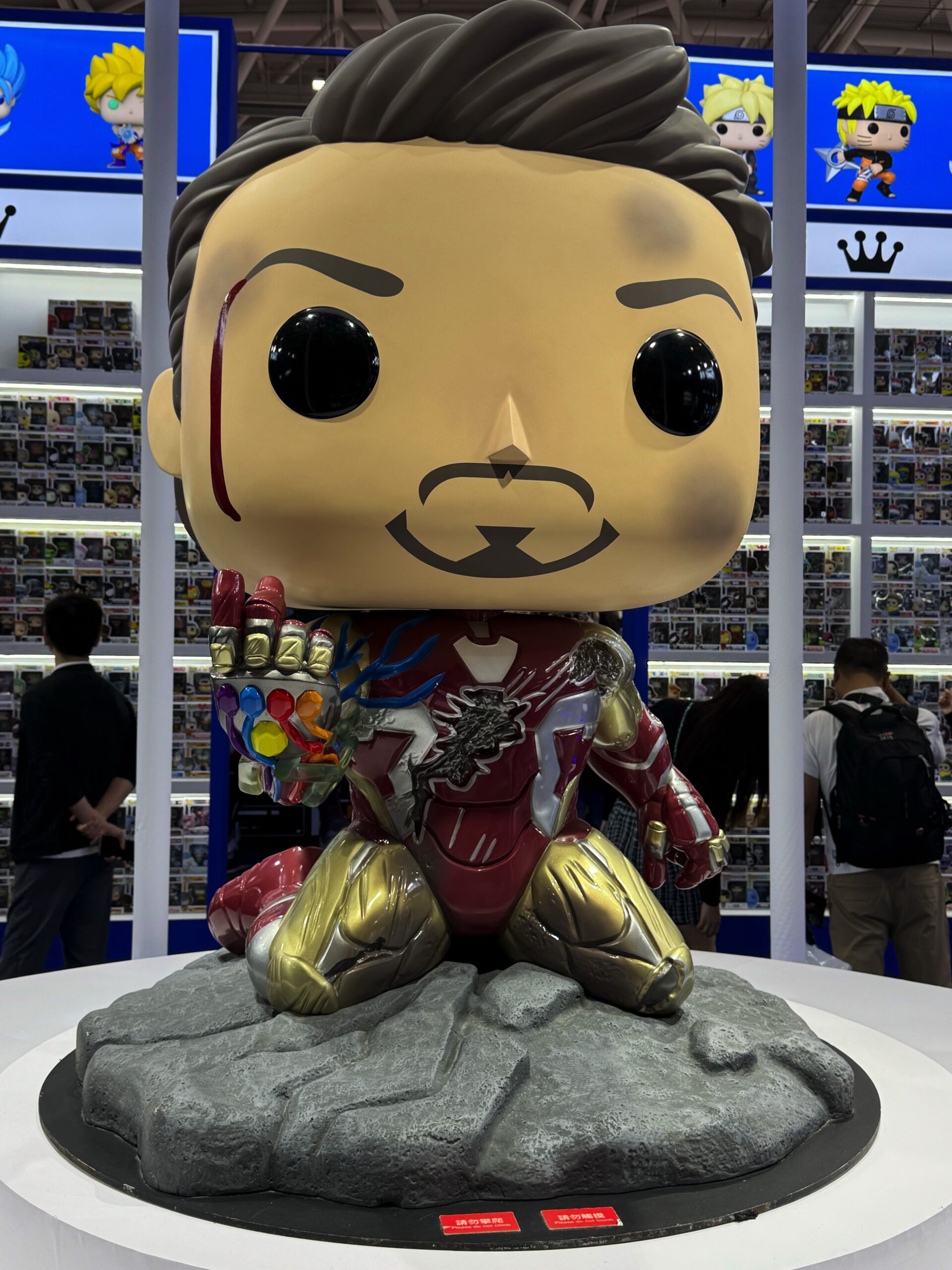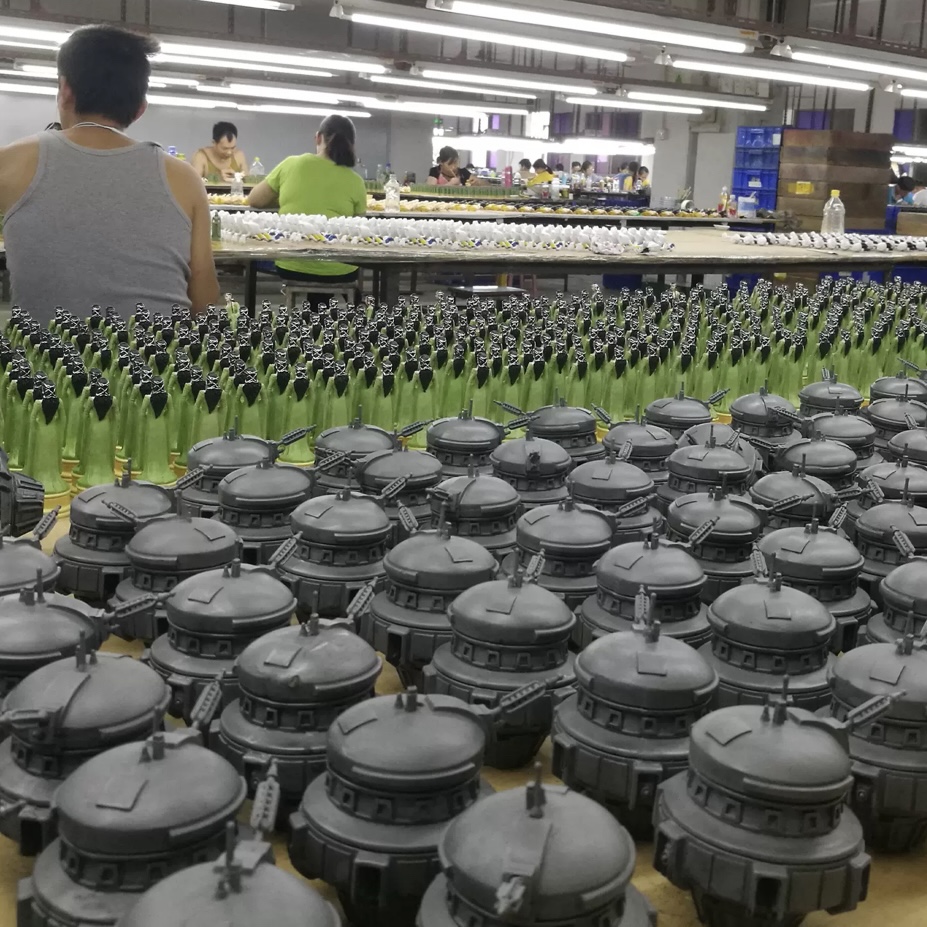
كيف تبيع مجسماتك المخصصة عبر الإنترنت؟
هل تريد بيع مجسماتك المخصصة عبر الإنترنت؟ سواءً كنت فنان ألعاب أو مصمم أو شركة ناشئة، يوضح لك هذا الدليل كيفية إحياء أفكارك، واختيار المنصات المناسبة، والعثور على شركة تصنيع مجسمات موثوق بها، وتنمية علامتك التجارية خطوة بخطوة.
